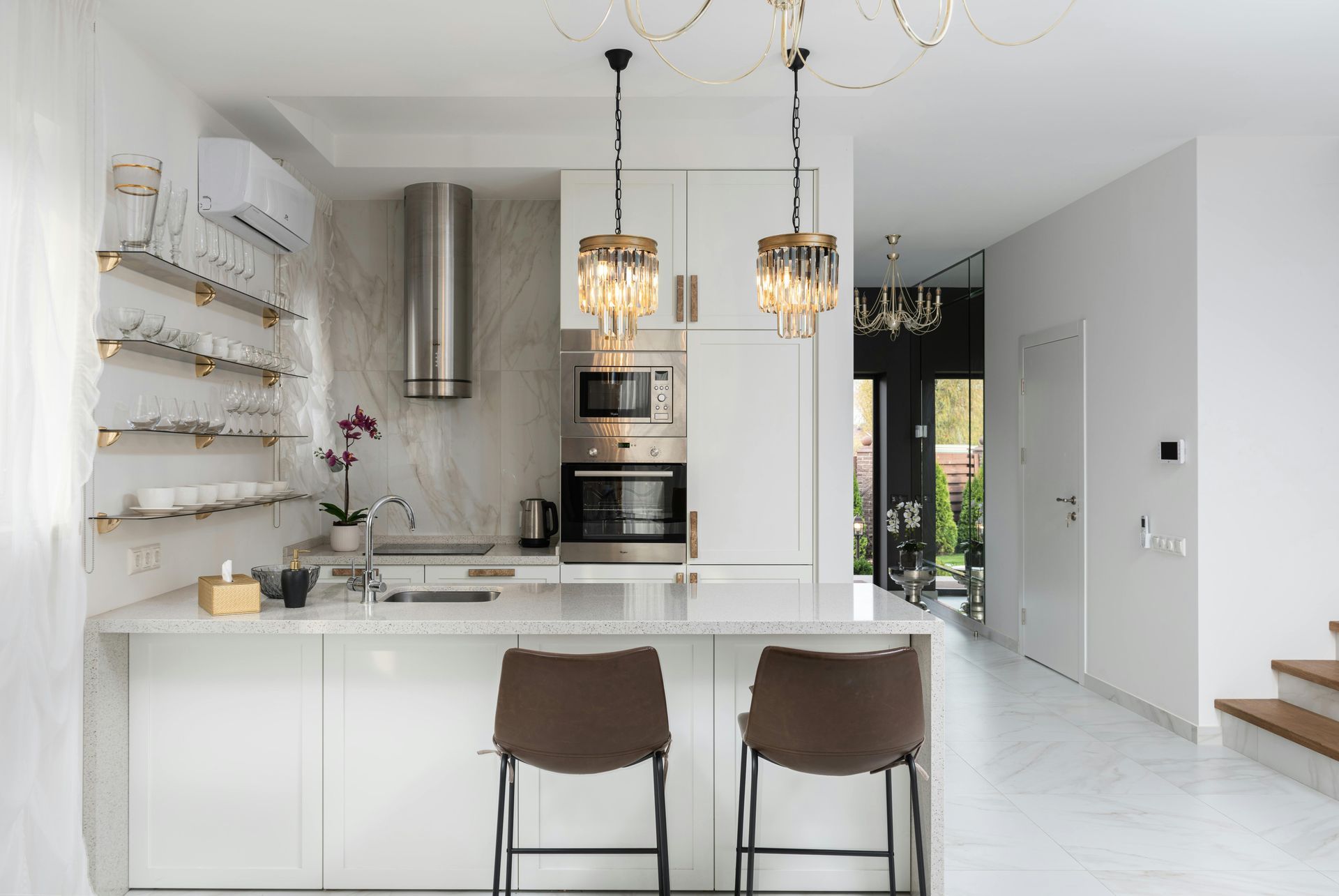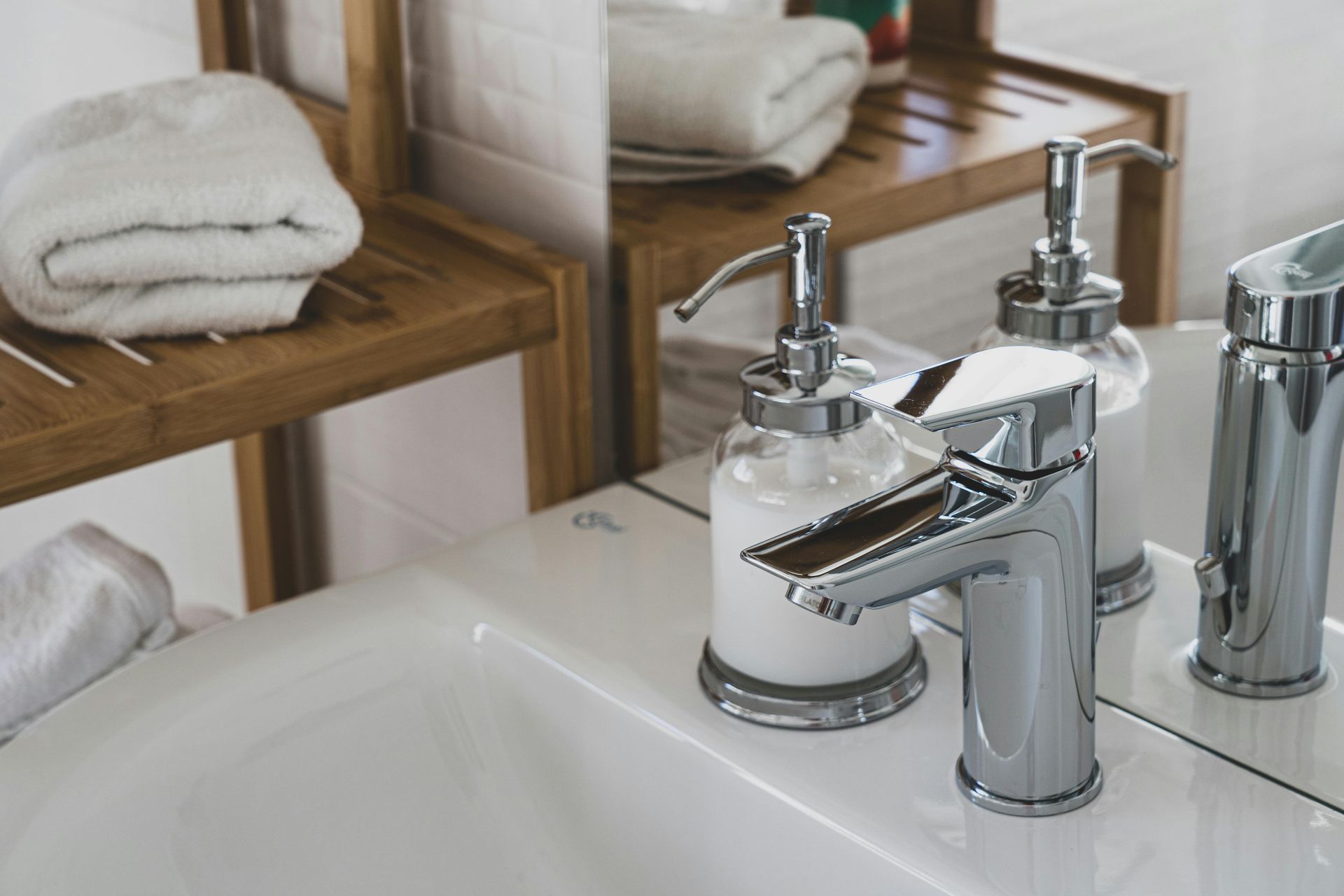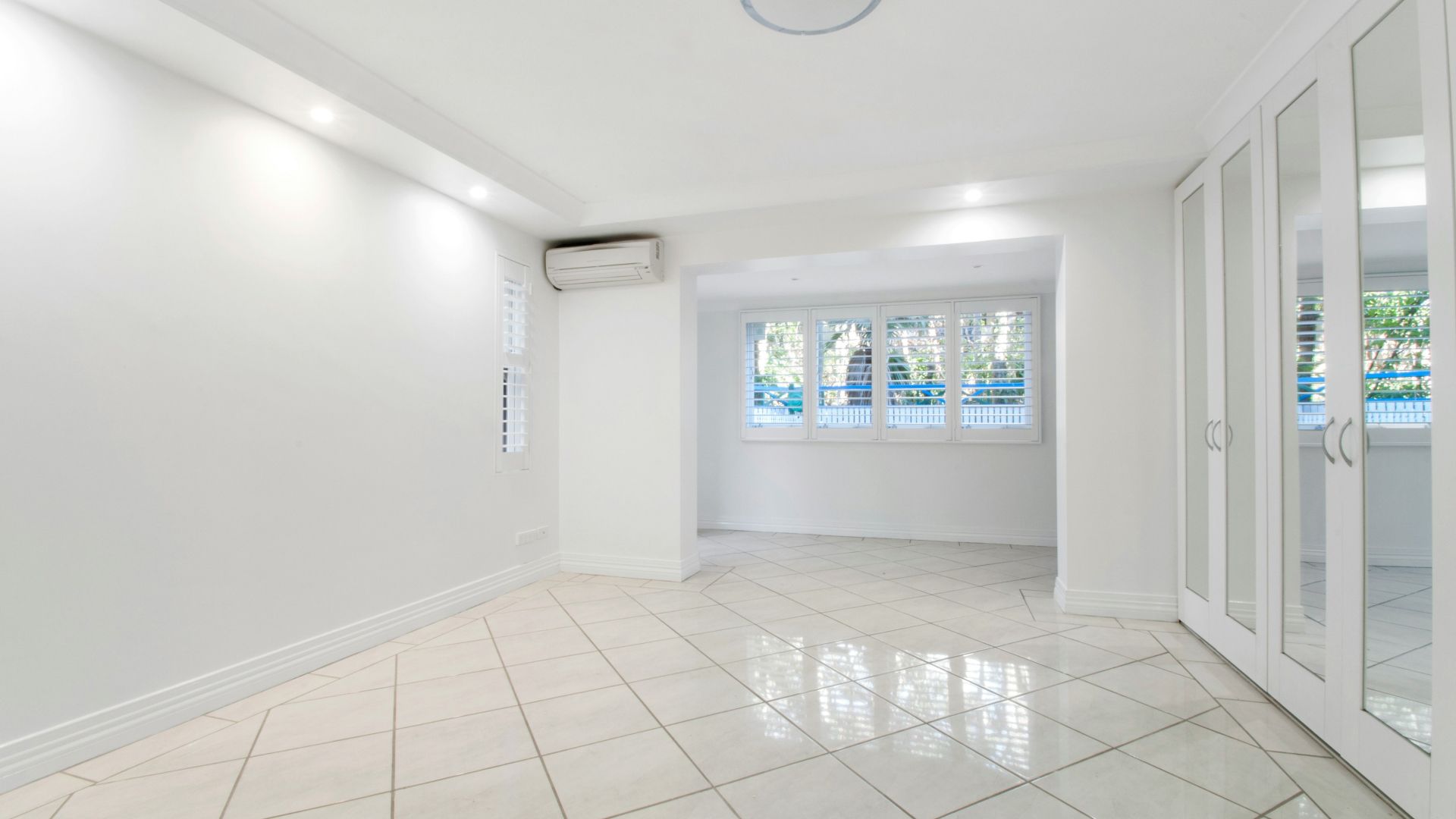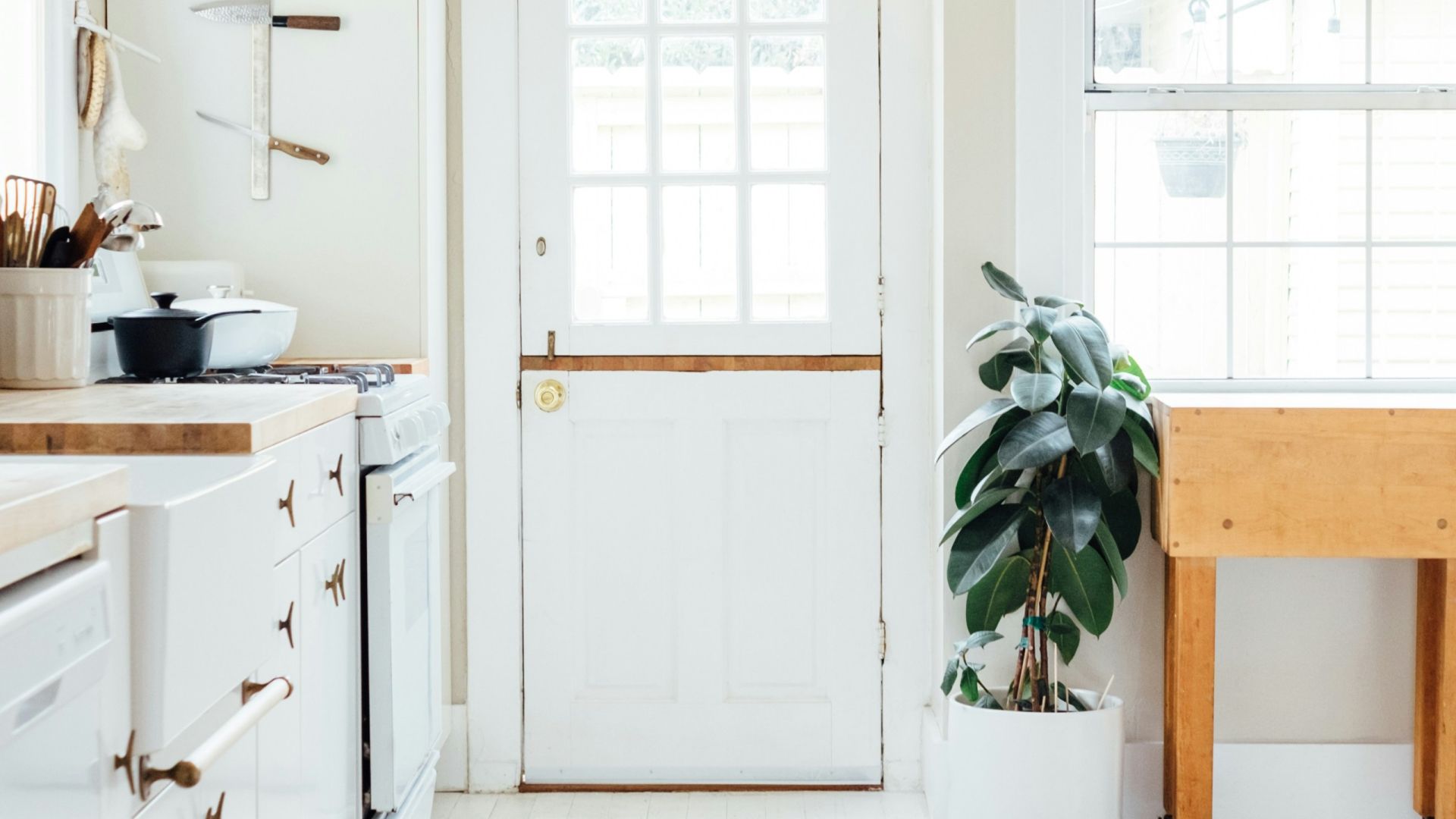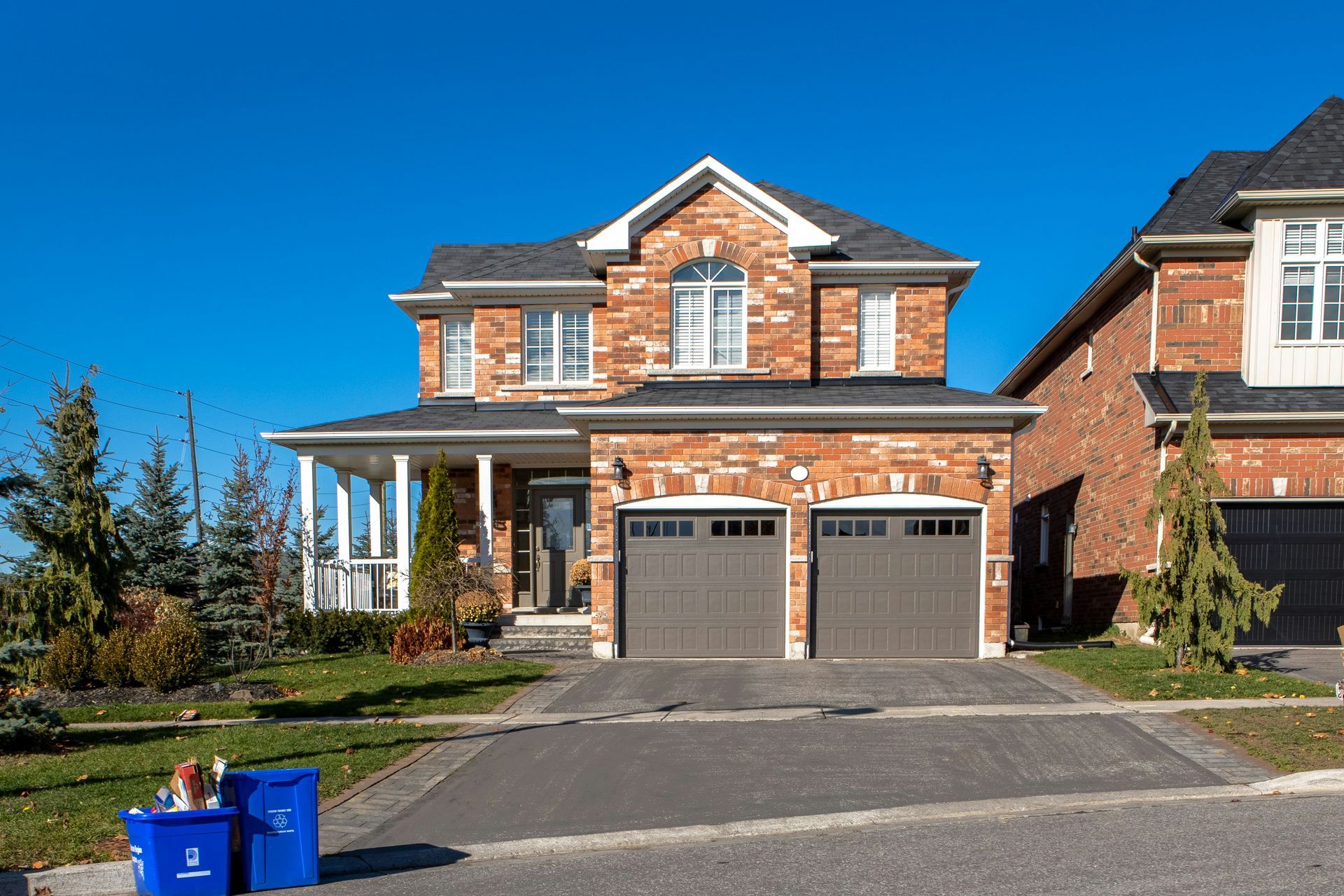Choosing the Right Paint Colors for Your Home

Have you ever walked into a room and instantly felt calm or energized? The colors on the walls might be the reason. Choosing the right paint colors for your home can transform its look and feel. It can make your space more welcoming, comfortable, and personal.
Selecting paint colors can seem overwhelming with so many options available. It's important because the right color can set the mood and reflect your personality. Whether you're refreshing a single room or painting your entire home, choosing the right colors is key to creating a space you love.
In this article, we will explore the basics of color theory and psychology, how to choose colors for different rooms, and practical tips for coordinating colors throughout your home. By the end, you'll have the knowledge and confidence to pick the perfect paint colors for your home.
Understanding Color Basics
Picking the right paint colors starts with understanding some color basics. Knowing a bit about color theory and color psychology can help you make better choices for your home.
Color Theory
Color theory is the study of how colors mix and match. There are three primary colors: red, blue, and yellow. These can be mixed to create secondary colors like green, orange, and purple. Mixing primary and secondary colors gives you tertiary colors.
Colors are also divided into warm and cool tones. Warm colors, like red, yellow, and orange, can make a room feel cozy and inviting. Cool colors, like blue, green, and purple, can create a calm and relaxing atmosphere.
Color Psychology
Color psychology looks at how colors affect our mood and feelings. Different colors can make us feel different ways. For example, blue is often seen as calming and peaceful, making it a good choice for bedrooms. Yellow is cheerful and can brighten up a kitchen or living room.
Knowing how colors impact mood can help you choose the right paint for each room. Think about how you want to feel in each space and pick colors that match those feelings.
Understanding color basics is the first step in choosing the right paint colors. By learning about color theory and psychology, you can create a home that looks great and feels just right.
Choosing Colors for Different Rooms
Different rooms in your home have different functions and vibes, so it's important to choose paint colors that match each space. Here are some ideas for selecting the right colors for various rooms.
Living Room
The living room is where you relax and entertain guests. Popular colors for living rooms include soft neutrals like beige, gray, and taupe, which create a welcoming and comfortable atmosphere. If you want a more vibrant space, consider warm tones like light yellows or earthy tones. These colors make the room feel cozy and inviting.
Kitchen
In the kitchen, bright and energizing colors can be a great choice. Whites and light grays can make the space feel clean and modern. If you want something more lively, try soft yellows or greens. These colors can boost your mood and make cooking more enjoyable. Just remember to choose shades that complement your cabinets and countertops.
Bedroom
For bedrooms, calming colors are best. Soft blues, greens, and lavenders create a peaceful environment that’s perfect for rest and relaxation. These colors help you unwind after a long day. You can also use warm neutrals like beige or light gray to keep the space serene and inviting. Personal touches like accent walls in your favorite colors can add a cozy feel.
Bathroom
Bathrooms benefit from clean and refreshing colors. Light blues and greens work well because they evoke a sense of cleanliness and tranquility. White is also a popular choice, making the space feel bright and spacious. If your bathroom is small, lighter colors can help make it look larger and more open.
Home Office
In a home office, colors that boost productivity and focus are ideal. Consider shades of blue or green, which are known to be calming and help with concentration. If you prefer a more vibrant space, try light yellows or oranges. These colors can energize you and keep you motivated throughout the day. Balance bright colors with neutral tones to maintain a professional feel.
Coordinating Colors Throughout Your Home
Creating a cohesive look throughout your home involves coordinating colors in a way that connects each space while still giving each room its own personality. Here are some tips to help you achieve a harmonious color scheme.
Creating Flow and Cohesion
To create a sense of flow from one room to another, choose a consistent color palette for your entire home. This doesn't mean every room has to be the same color, but the colors should complement each other. For example, if your living room is a soft gray, you might choose a light blue for the adjacent dining room and a soft green for the hallway. Using different shades of the same color family can also help connect spaces and make your home feel more unified.
Accent Walls and Features
Accent walls are a great way to add a pop of color without overwhelming a room. Choose one wall in a room to paint a bold color while keeping the other walls neutral. This technique works well in living rooms, bedrooms, and even kitchens. Accent walls can highlight architectural features, like a fireplace or built-in shelving, and add depth and interest to a space.
Trim and Ceiling Colors
Don't forget about trim and ceiling colors when coordinating your home's paint scheme. White trim is a classic choice that works well with most wall colors, giving your rooms a clean and finished look. For ceilings, white is also a safe bet, as it makes rooms feel taller and more open. If you want to add a bit of drama, consider a slightly lighter shade of your wall color for the ceiling. This can create a cozy, enveloping effect without making the room feel closed in.
By carefully coordinating colors, using accent walls effectively, and choosing the right trim and ceiling colors, you can create a home that feels cohesive and well-designed. Each room will have its own unique look, but the overall effect will be harmonious and pleasing to the eye.
Practical Tips for Choosing Paint Colors
Choosing the right paint colors can be easier with a few practical tips. These tips will help you avoid common mistakes and ensure that your home looks beautiful.
Sampling and Testing
Always test paint samples before committing to a color. Paint small sections of your walls with different shades and see how they look at various times of the day. Natural and artificial light can change the appearance of a color. By sampling, you can see how the colors actually look in your space and make a more informed decision.
Considering Existing Elements
Take into account the colors of your furniture, flooring, and fixtures when choosing paint colors. Your walls should complement these existing elements. For example, if you have dark wood floors, lighter wall colors can create a nice contrast. Matching or coordinating with existing elements helps create a cohesive look.
Staying True to Your Style
Reflect your personal style in your color choices. If you love bold, bright colors, don't be afraid to use them. If you prefer a more neutral palette, that's great too. The key is to choose colors that you love and that make you feel comfortable in your home. Trends come and go, but your personal style will make your space feel truly yours.
Conclusion
Choosing the right paint colors can transform your home, making it more inviting and comfortable. By understanding color basics, picking the right shades for each room, and coordinating colors throughout your home, you can create a beautiful and cohesive look.
Take your time to test samples, consider your existing decor, and stay true to your style. If you need expert advice and professional painting services, contact Titanium Construction. We're here to help you create the perfect space with the perfect colors.





